Understanding the Potential of Ravencoin for Asset Tokenization
Have you ever wondered how blockchain technology could revolutionize the way we transfer ownership and value? Well, look no further than Ravencoin. This innovative cryptocurrency has gained significant attention in recent years for its potential to enable asset tokenization. In this article, we will explore what Ravencoin is, how it works, and why it holds such promise for the future.
What is Ravencoin?
Ravencoin is a decentralized, peer-to-peer blockchain platform that focuses on enabling the transfer of assets from one party to another. It was launched in 2018 as an open-source project and has since gained traction among developers and cryptocurrency enthusiasts alike.
The platform is built on a fork of the Bitcoin codebase, which means it shares many similarities with the world’s first cryptocurrency. However, Ravencoin has unique features and capabilities that make it particularly well-suited for asset tokenization.
How Does Ravencoin Work?
Ravencoin operates on a Proof-of-Work (PoW) consensus algorithm, similar to Bitcoin. This means that miners compete to solve complex mathematical puzzles in order to validate transactions and secure the network.
However, what sets Ravencoin apart is its focus on asset creation and transfer. The platform allows users to create their own tokens representing real-world or digital assets. These tokens can then be transferred from one party to another using the Ravencoin blockchain.
The process of creating an asset on Ravencoin is relatively straightforward. You simply need to specify a name for your asset, provide a description, determine the number of tokens to be issued, and set any additional properties or restrictions you desire.
Once your asset is created, you can transfer it to others by sending the tokens to their Ravencoin wallet addresses. This allows for easy and secure peer-to-peer transactions, without the need for intermediaries such as banks or brokers.
The Potential of Asset Tokenization
Now that we understand how Ravencoin works, let’s explore why asset tokenization is such a game-changer. By representing real-world assets as digital tokens on the blockchain, we can unlock a whole new world of possibilities.
Firstly, asset tokenization enables fractional ownership. Instead of needing to purchase an entire asset, such as a property or artwork, individuals can now buy a fraction of it. This opens up investment opportunities to a wider range of people who may not have had access before.
Secondly, asset tokenization enhances liquidity. Traditional assets like real estate or fine art can be illiquid and difficult to sell quickly. However, by tokenizing these assets, they can be traded on secondary markets with ease, increasing their liquidity and potential value.
Furthermore, asset tokenization improves transparency and reduces fraud. Every transaction on the Ravencoin blockchain is recorded and verified by the network participants. This creates an immutable audit trail that ensures the integrity of ownership records and reduces the risk of fraudulent activities.
The Future of Ravencoin
Ravencoin has already made significant strides in the realm of asset tokenization, but its potential is far from fully realized. As more industries and individuals recognize the benefits of blockchain-based ownership transfer, Ravencoin could become a fundamental infrastructure for global asset trading.
Imagine a world where you can easily buy shares in a startup company or invest in rare collectibles from the comfort of your own home. With Ravencoin’s technology, this future seems within reach.
Frequently Asked Questions (FAQs)
1. Is Ravencoin only used for asset tokenization?
No, while Ravencoin is primarily designed for asset tokenization, it can also be used as a store of value or a means of transferring traditional cryptocurrencies like Bitcoin.
2. Can anyone create an asset on Ravencoin?
Yes, anyone can create an asset on the Ravencoin platform. However, it is essential to understand the legal and regulatory requirements of the jurisdiction in which you operate.
3. How secure is Ravencoin?
Ravencoin’s security is derived from its underlying blockchain technology. The network’s decentralized nature and Proof-of-Work consensus algorithm make it highly resistant to tampering or fraud.
4. Are there any limitations to asset tokenization on Ravencoin?
While asset tokenization offers numerous advantages, there are still challenges to overcome. These include regulatory hurdles, interoperability between different blockchain platforms, and ensuring adequate investor protection.
5. How can I get started with Ravencoin?
To get started with Ravencoin, you need to download a wallet compatible with the platform. From there, you can acquire RVN tokens and explore the various assets available for trade.
In conclusion, Ravencoin has emerged as a powerful tool for enabling asset tokenization on the blockchain. With its focus on creating and transferring digital representations of real-world assets, Ravencoin opens up new possibilities for fractional ownership, increased liquidity, and enhanced transparency in global markets.

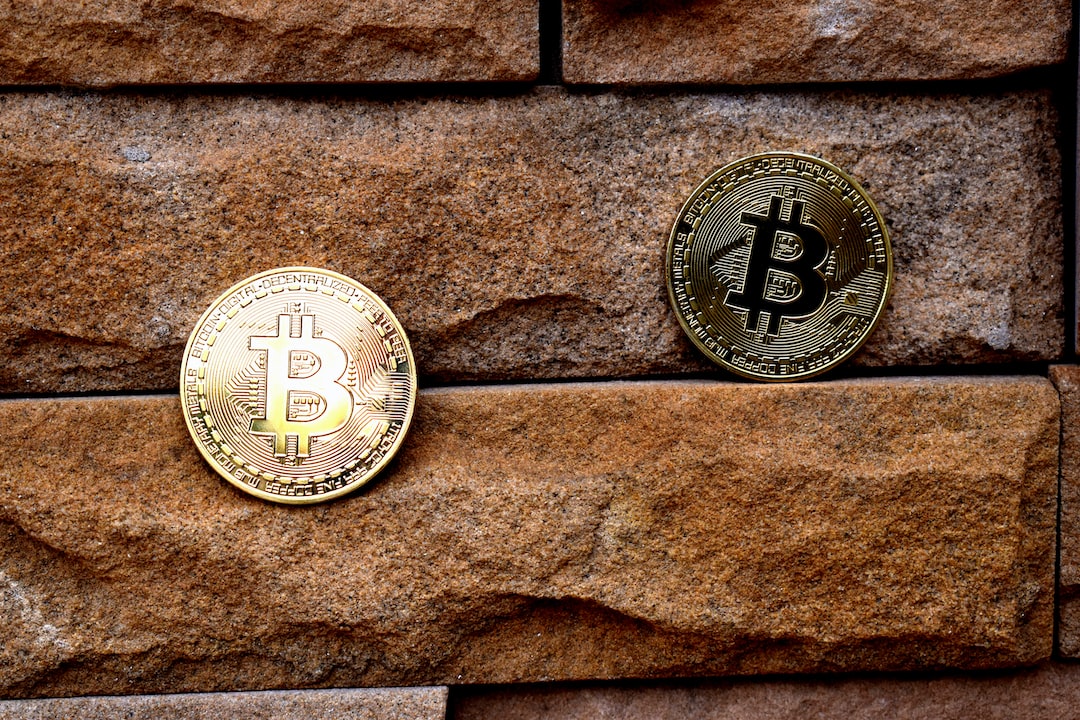
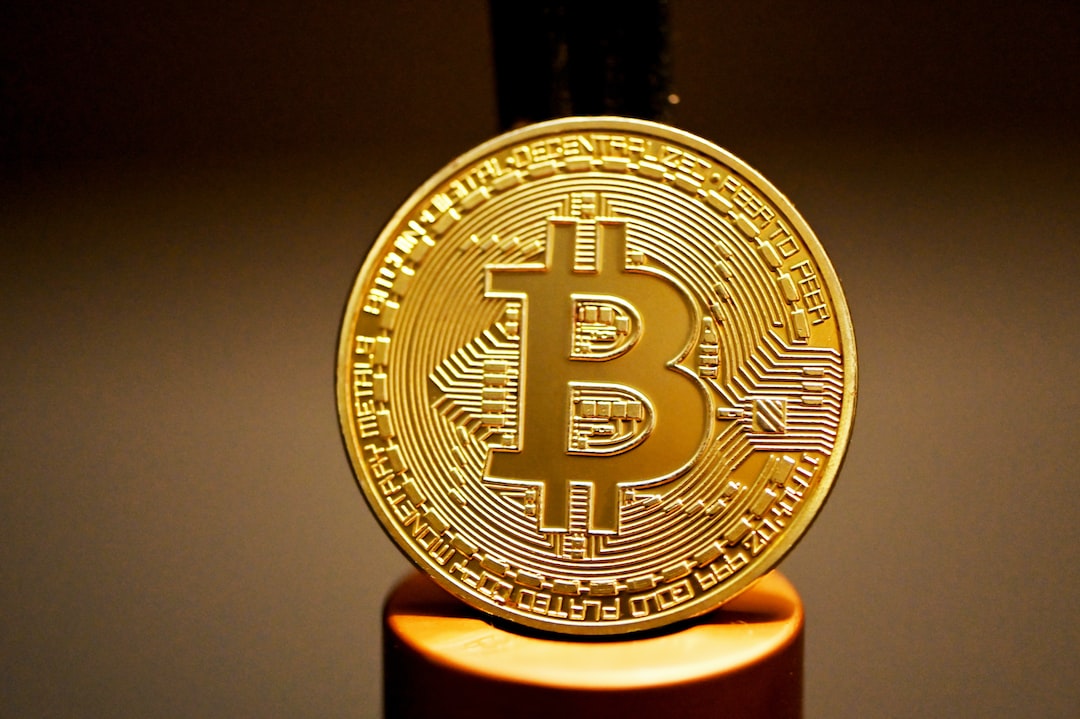
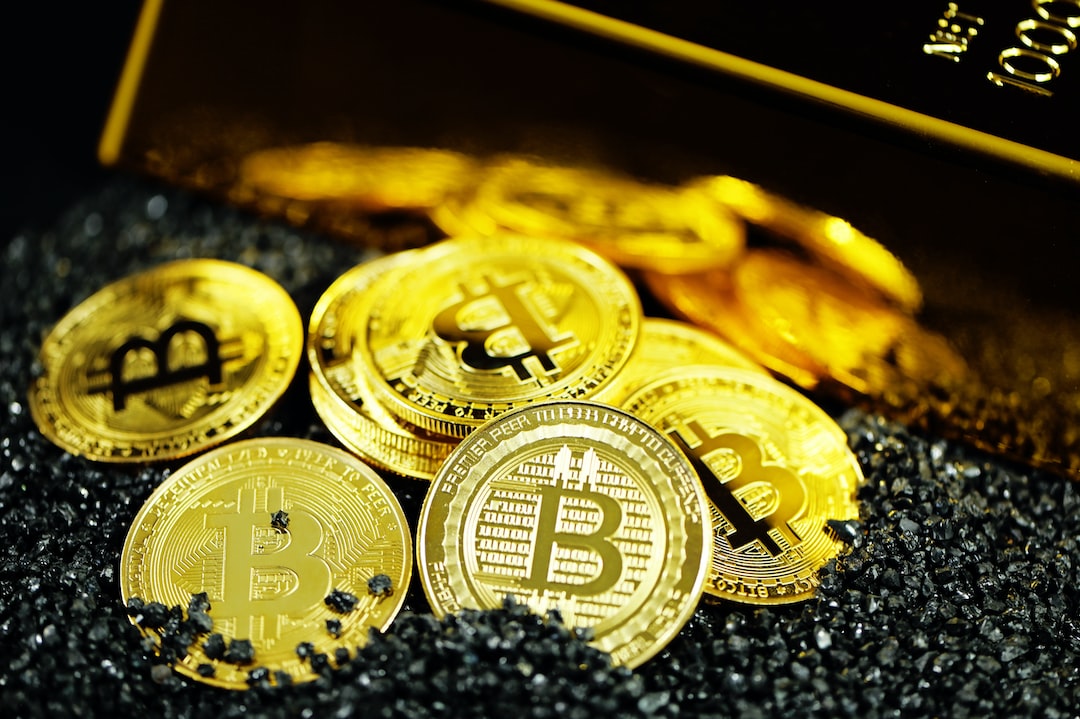
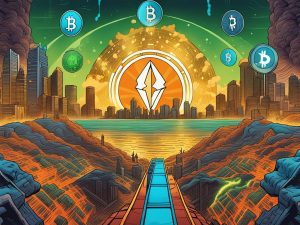
 By
By
 By
By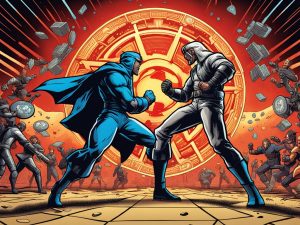
 By
By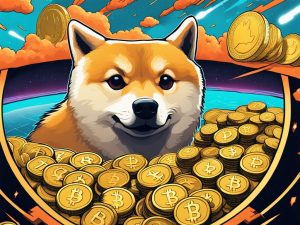
 By
By
 By
By
 By
By